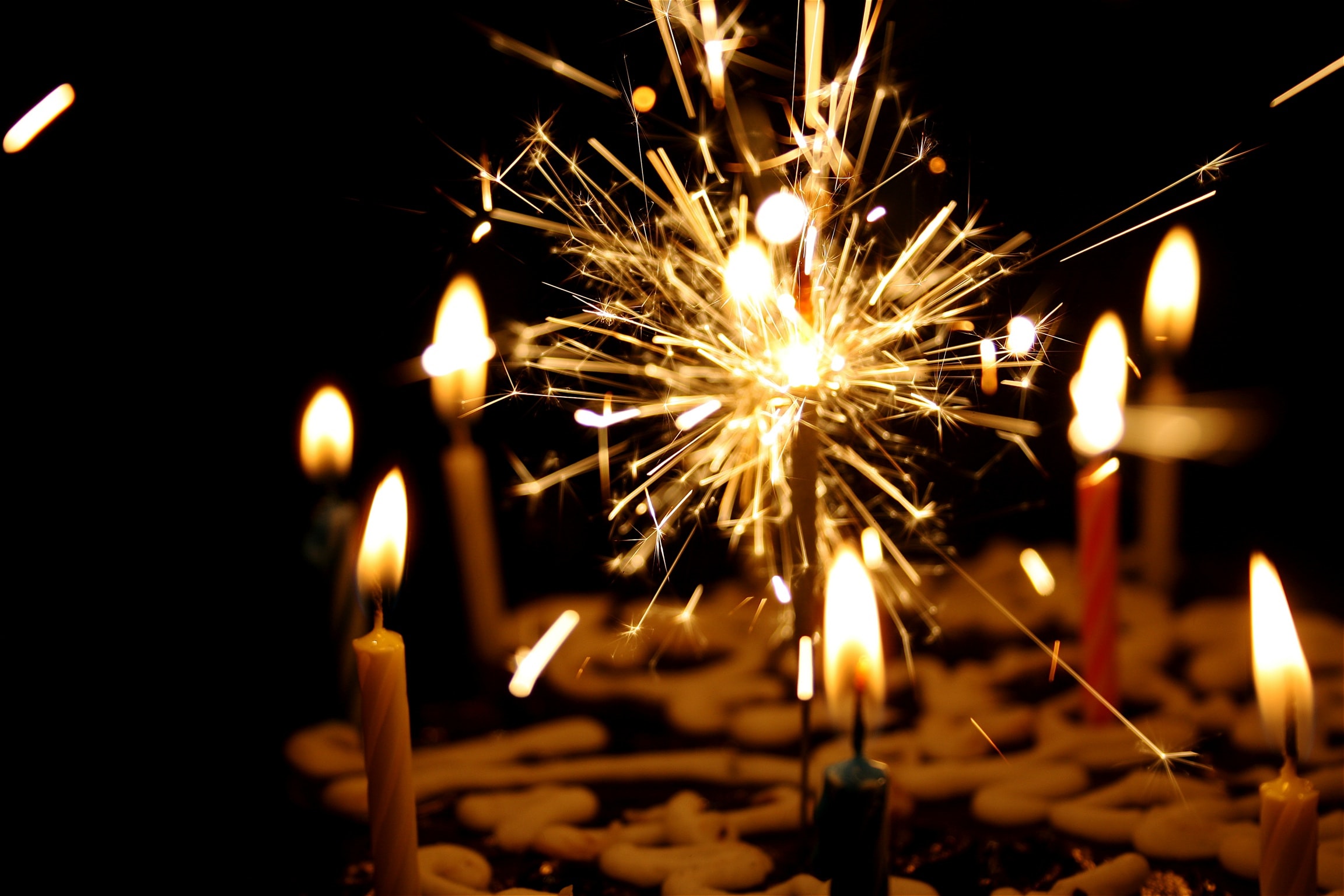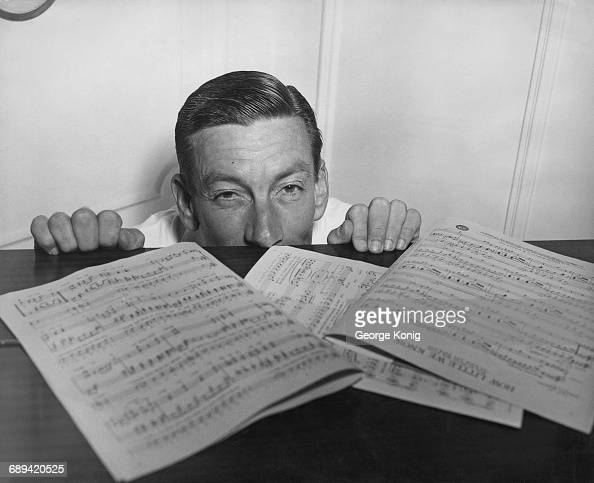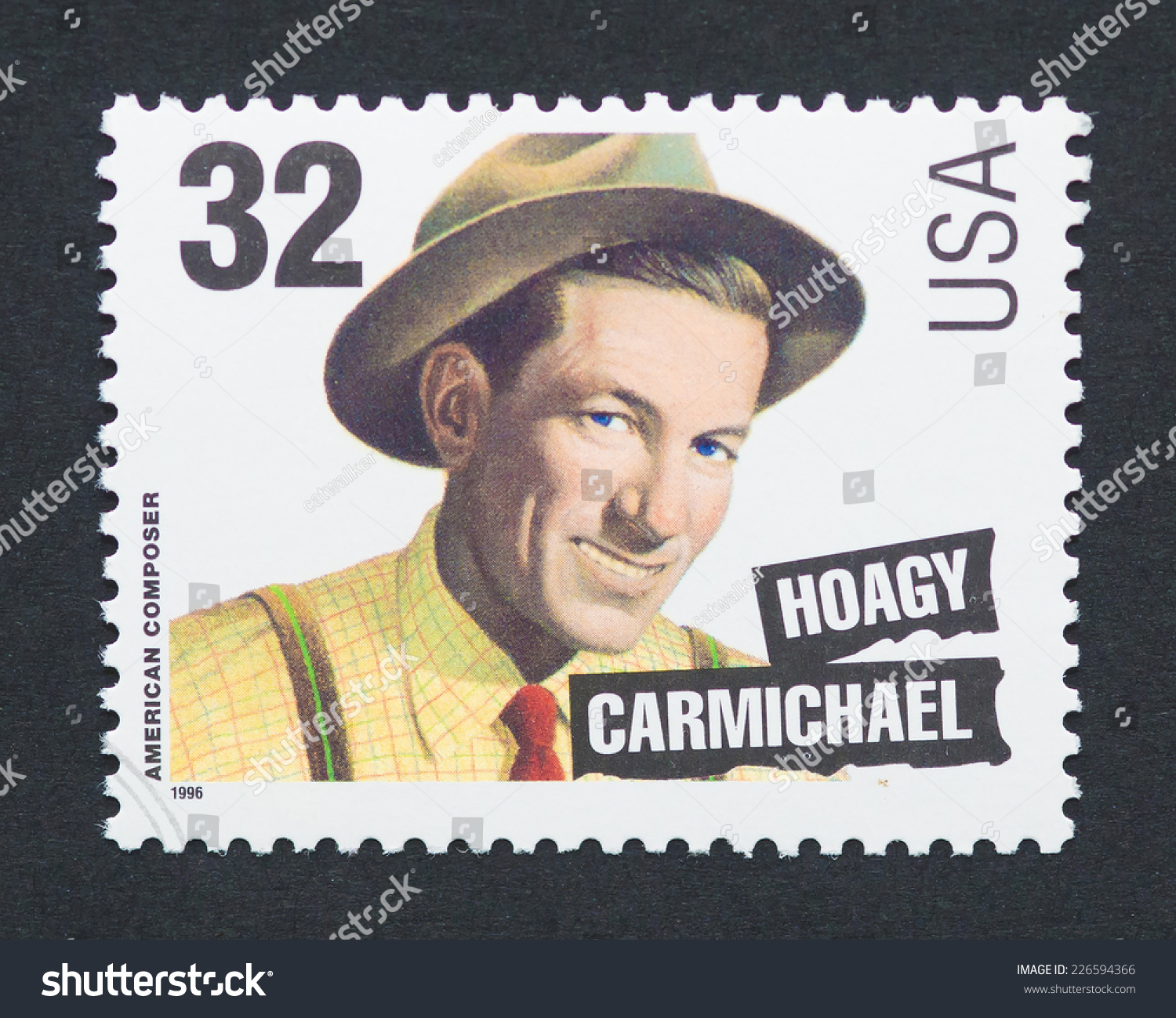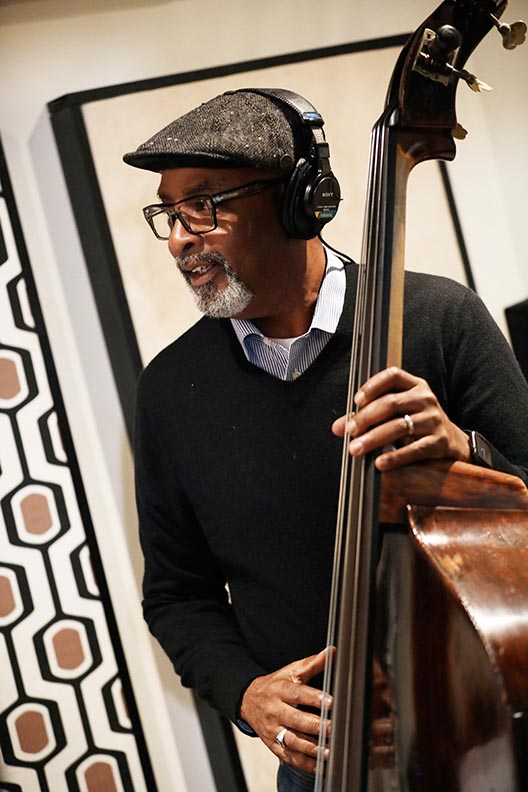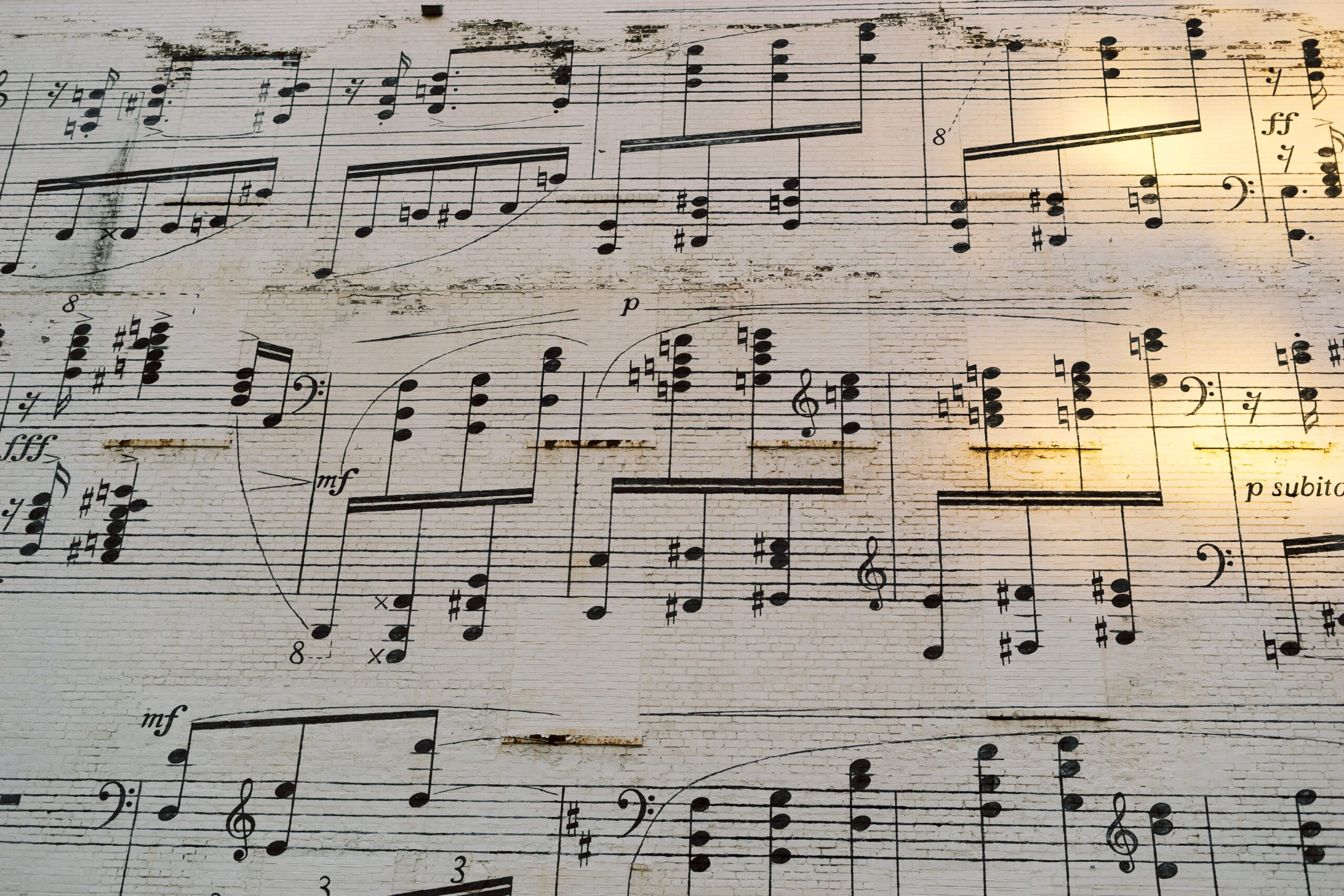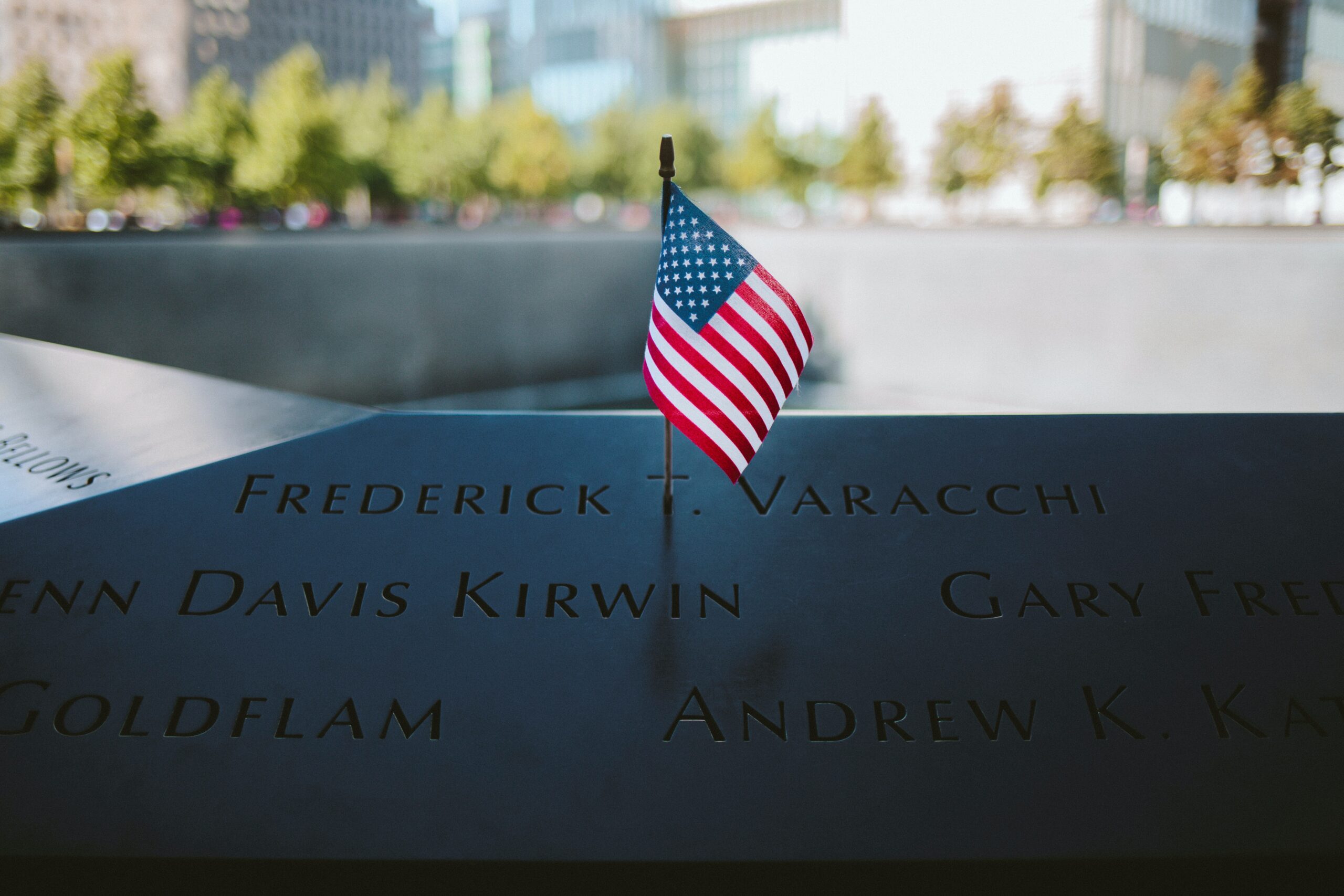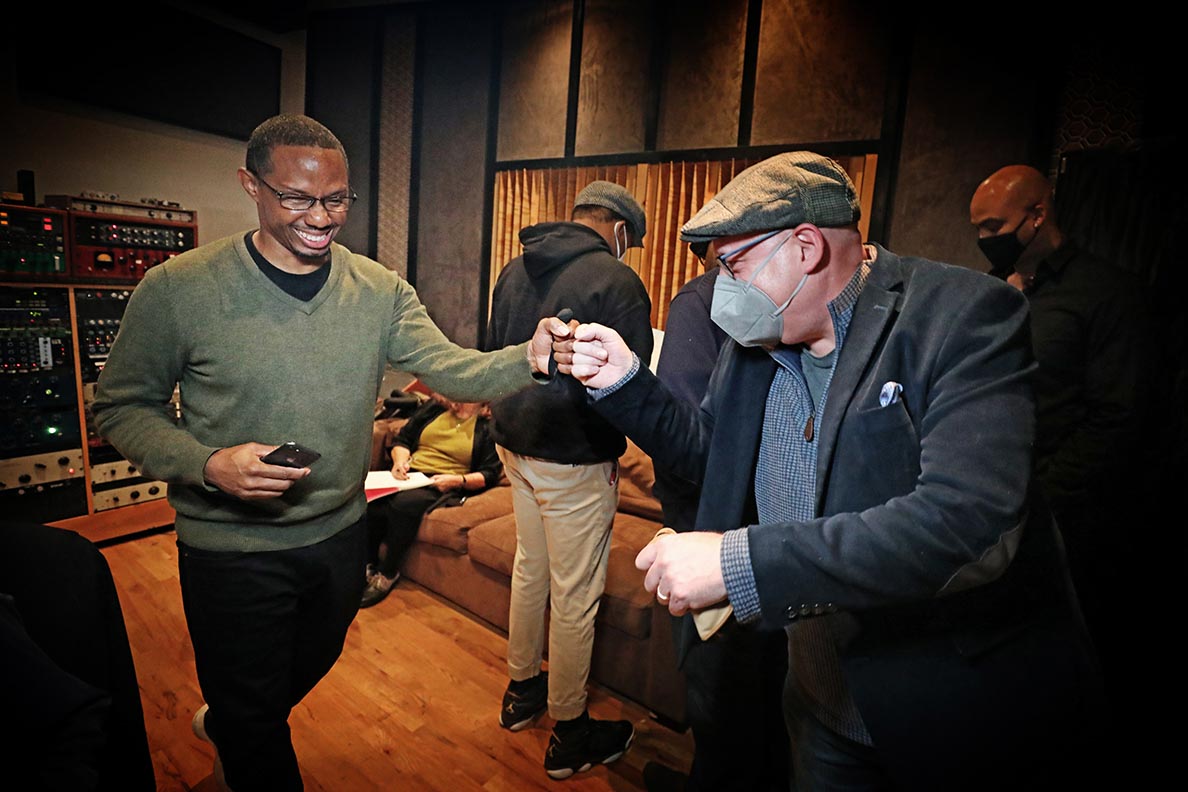Songs to Listen to While Baking Cookies
Songs to Listen to While Baking Cookies
It’s that time of the year again. Whether snow is gently falling on your windowpanes or sunlight is streaming through, the holidays are fast approaching.
If you’re living in the southern hemisphere, it can sometimes be difficult to get yourself into the Christmas spirit. Most of the popular holiday songs and movies out there take place in colder climates—small towns nestled in snow-covered mountaintops, people dressed in hats and mittens, chestnuts roasting on an open fire. So, if your holidays usually consist of beachside barbeques, swimsuits, and sunglasses, you might be feeling a tad left out.
But don’t worry. We know just what’ll do the trick to get you in the spirit . . . baking Christmas cookies! There’s nothing else that can make you feel more like one of Santa’s elves. And some lively holiday tunes will also be sure to get you in the mood for some holiday cheer!
George Strait – Christmas Cookies
I don’t know about you, but country music usually makes me think of summertime. So, if you’re living in a tropical climate during the holidays, nothing can really beat Christmas country music!
This 2021 song is literally perfect for baking cookies because the cute and descriptive lyrics will get you excited and make your tummy rumble! The ones that look like Santa Claus, Christmas trees and bells and stars . . . sometimes I can’t get myself to stop . . .
John Di Martino, Wayne Escoffery & Lonnie Plaxico – Blue Christmas
Did you know that singing, even if it’s off-key, can greatly improve your happiness levels? Yes, it’s true! That’s why this December, you should make sure to belt out the lyrics to your favorite Christmas songs.
I’m sure that this new, jazzy instrumental rendition of Elvis’s hit “Blue Christmas” will prove to be a fan favorite since you and your family can all easily sing along while you bake cookies. Don’t worry, I’m sure no one will notice if you’re not all harmonized . . .
Nat King Cole – Deck the Halls
Even if you’re not much of a singer, chances are that you know the lyrics to this Christmas classic. And the range in tone is pretty limited, so it doesn’t matter whether your voice is an alto or bass! No matter who you are, you can handle this song, so there’s no excuse not to “fa, la, la, la, la, la, la, la, la” along with everyone while you mix up batter, knead dough or cut out cookies.
Bill Cunliffe Trio – It’s The Most Wonderful Time of The Year
This slow and whimsical rendition from Grammy-Award-Winner Bill Cunliffe really lingers in the beautiful details, just like the intricate icing and sprinkles on the sugar cookies you’ll be making. Sing along or even hum softly as you wrap up a lovely afternoon or evening full of Yuletide cheer.
John Di Martino, Wayne Escoffery & Andromeda Turre – Happy Hanukkah
Unfortunately, amid all the images of Santa Claus and baby Jesus in the manger, Hanukkah tends to get overlooked sometimes. But not anymore! This new song, featuring the stunning vocals of Andromeda Turre, shines light on the Jewish holiday.
If you’re looking for more holiday songs to listen to while you bake cookies, we recommend checking out our holiday album collection, which features stars like Andromeda Turre, Bill Cunliffe & John Di Martino.


